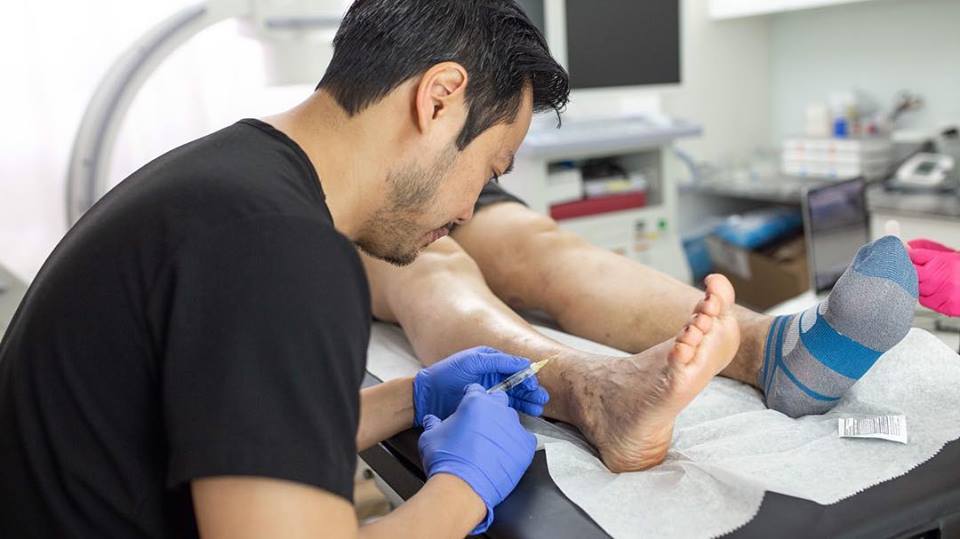Do you want to know what is radiofrequency for veins then read the below article. Radiofrequency is a revolutionary surgical technique that eliminates unsightly varicose veins in a safe, fast and efficient way. This technique comes to solve the problem to one third of adults suffering from the so-called syndrome of tired legs or chronic venous insufficiency.
The elimination of varicose veins with the Closure Fast catheter is done on an outpatient basis, that is, it does not require hospitalization, and it allows patients to walk out of the intervention and re-enter their daily routine after 24 to 48 hours.
Â

One of the great advantages of using this technique versus other methods to end varicose veins is the safety of the intervention. The specialist, through an ultrasound scan, introduces a small catheter into the affected vein through a small puncture or incision. This catheter, which works with radiofrequency energy, delivers controlled heat to the wall of the damaged vein and seals it. In this way, the pain, swelling, bruising and heaviness in the legs disappear immediately while the blood circulating in that vein moves through healthy veins, restoring the normal functioning of the circulatory system.
What does ted hose stand for: it is way to tighten the affected area so that one can avoid the pain.
The radiofrequency performed with the Closure Fast â„¢ catheter is the ideal procedure to treat these people since it will allow them to rejoin their work in a period of no more than 24-48 hours and only with the precaution of using compression stockings for a few days, until they return to their specialist's office for postoperative revision.
 Another advantage of radiofrequency is the low aesthetic impact on the patient. Being a very non-invasive technique minimizes the appearance of bruising and swelling and the healing process is very fast due to the fact that the incision made for the introduction of the catheter does not exceed two centimetres.
 The specialists after seeing blood clot ultrasound leg images recommend intervening varicose veins by radiofrequency before the arrival of summer. The reason is that high temperatures cause damaged veins to dilate and become painful. In addition, the heat causes liquids to be retained and the legs to swell and, in addition to the edema, the varicose veins to increase in size and become more evident from the aesthetic point of view.
Treatment of varicose veins: radiofrequency vs. stripping
Various analyzes have been performed with varicose veins to compare the effectiveness of radiofrequency with stripping, the previous technique. In comparisons, it has been shown that radiofrequency offers results that are equally effective, faster and with a shorter recovery time. The stripping on the contrary offered higher morbidity figures weeks after treatment, especially regarding the appearance of bruising, schistose and pain.
The efficacy of both techniques was again compared two years after treatment, and in both cases the efficacy is long lasting, with a lower recurrence rate for radiofrequency (14%) than for stripping (21%).
We also compared the minimally invasive technique of radiofrequency with conventional surgery against varicose veins, and the results reflected a clear advantage for radiofrequency: shorter intervention time, less pain, less skimosis and less recovery time to return to work routine.